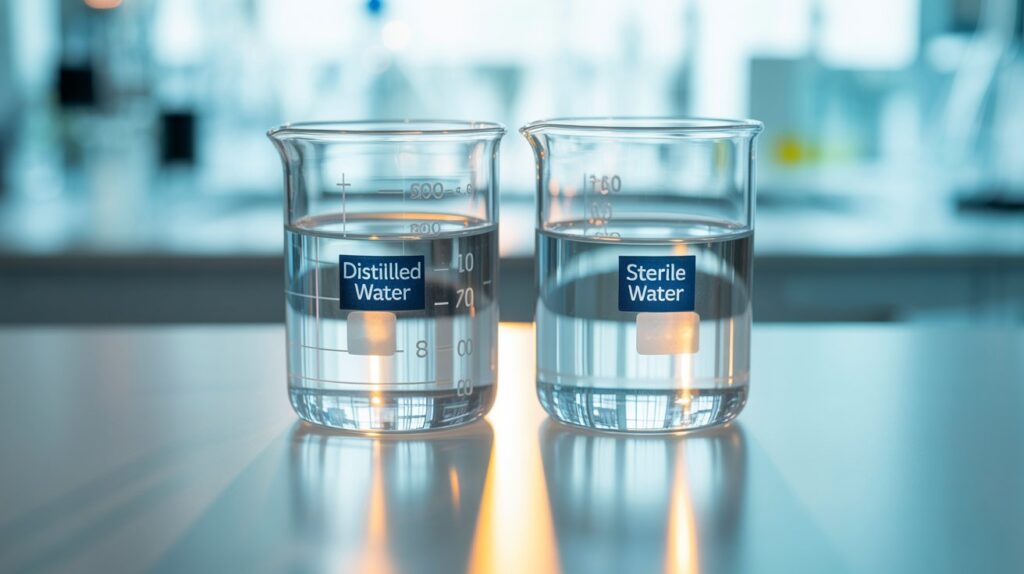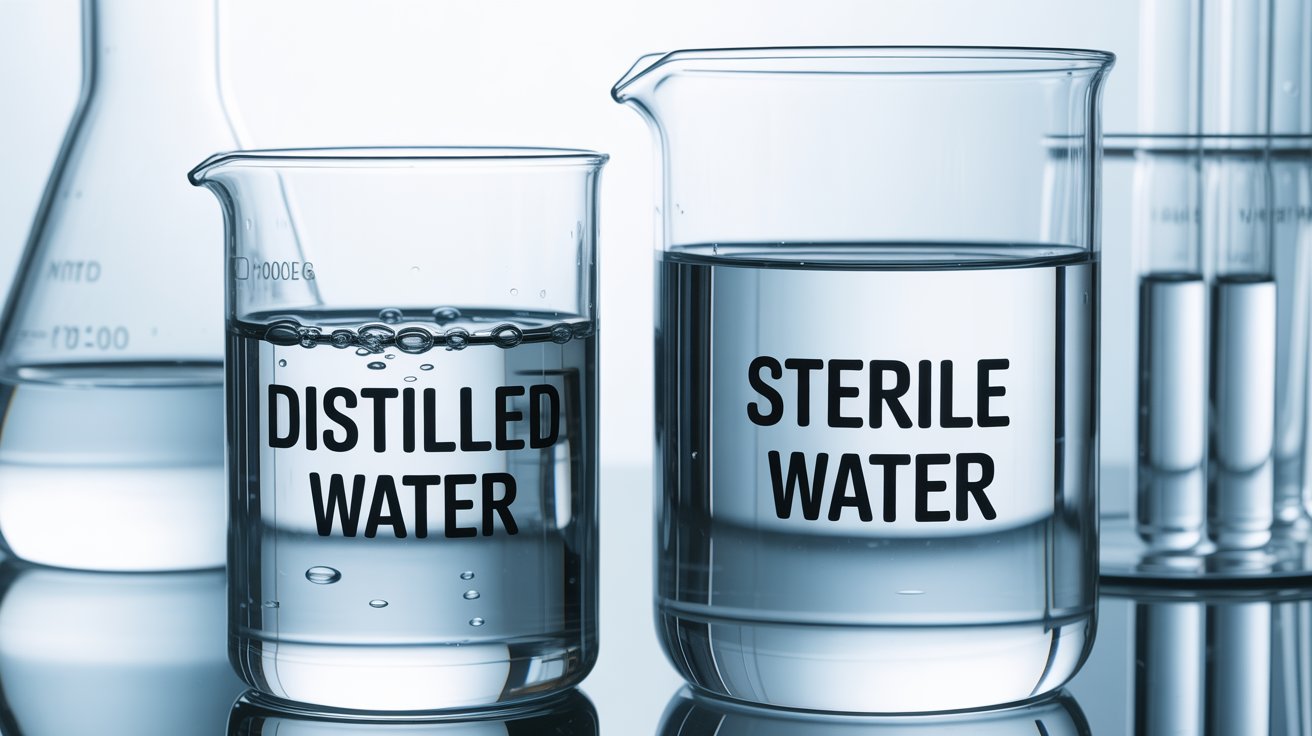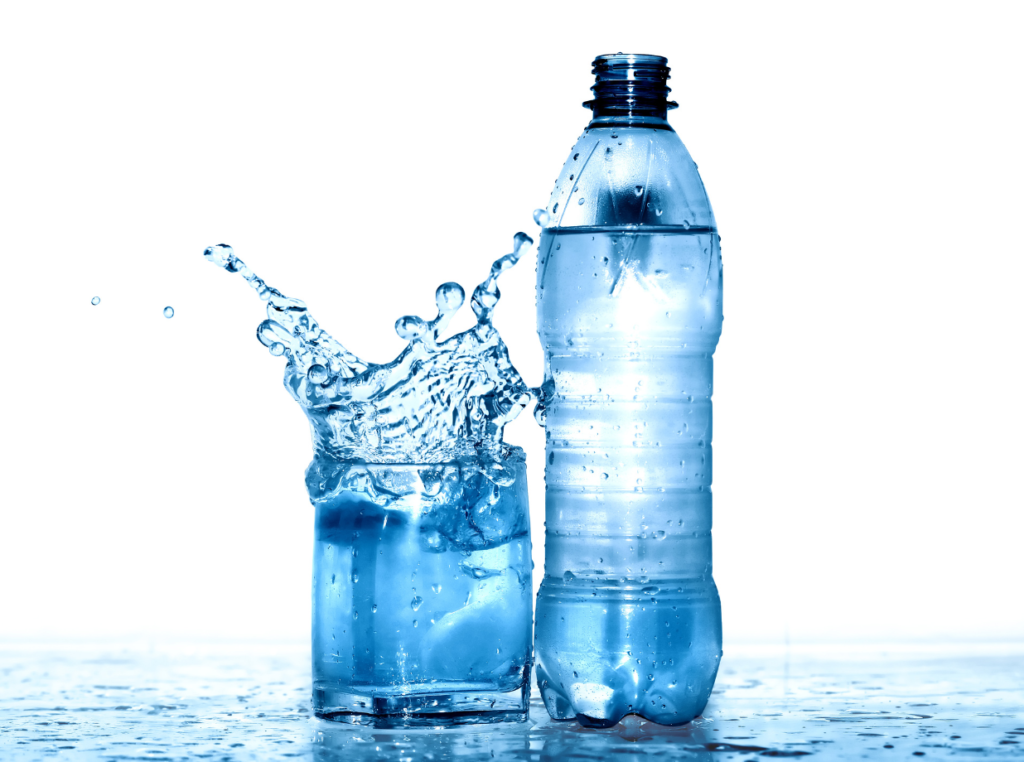Water is an essential element for life, and it is used in a variety of applications, from drinking and cooking to medical procedures and industrial processes. Two common types of water that are often confused are distilled water and sterile water. While both are used for specific purposes, they are not interchangeable, and it is important to understand the differences between the two. Distilled water is water that has been purified through a process of distillation, which involves boiling the water to create steam and then condensing the steam back into liquid form. Sterile water, on the other hand, is water that has been treated to remove all microorganisms, making it free from bacteria, viruses, and other pathogens. In this article, we will explore the benefits and uses of distilled water and sterile water, as well as the health and safety considerations, environmental impact, and practical applications of each type of water.
Distilled Water: Benefits and Uses
Distilled water is known for its purity, as the distillation process removes impurities such as minerals, chemicals, and contaminants from the water. This makes distilled water ideal for use in laboratory experiments, medical procedures, and industrial processes where the presence of impurities could affect the outcome of the work. Distilled water is also commonly used in household appliances such as steam irons and humidifiers, as it helps prevent mineral buildup and prolongs the life of the appliances. Additionally, some people choose to drink distilled water because they believe it is healthier than tap water, as it does not contain any potentially harmful substances. However, it is important to note that while distilled water is free from impurities, it also lacks essential minerals that are beneficial for health, so it may not be the best choice for everyday drinking.
Sterile Water: Benefits and Uses
Sterile water is water that has been treated to remove all microorganisms, making it safe for use in medical procedures, wound cleaning, and pharmaceutical applications. It is also commonly used for diluting medications and for cleaning medical equipment. Sterile water is essential in healthcare settings, where the risk of infection from contaminated water could have serious consequences for patients. In addition to its medical uses, sterile water is also used in laboratory settings for preparing culture media and conducting experiments that require a sterile environment. In the food industry, sterile water is used for rinsing fruits and vegetables, as well as for preparing food products that require a high level of cleanliness. Overall, sterile water plays a crucial role in maintaining hygiene and preventing the spread of infections in various settings.

Health and Safety Considerations: Distilled vs Sterile Water
When it comes to health and safety considerations, both distilled water and sterile water have their own advantages and limitations. Distilled water is free from impurities and contaminants, making it safe for use in a wide range of applications. However, because it lacks essential minerals, drinking distilled water exclusively may not be ideal for long-term health. On the other hand, sterile water is free from microorganisms, making it safe for medical and laboratory use. However, it is important to ensure that sterile water is stored and handled properly to prevent contamination. In healthcare settings, the use of sterile water is crucial for preventing infections, but it is also important to follow strict protocols to maintain its sterility. Overall, both types of water have their own specific uses and precautions that need to be considered to ensure the safety of individuals and the quality of the work being done.
Environmental Impact: Distilled vs Sterile Water
In terms of environmental impact, both distilled water and sterile water have their own considerations. The distillation process used to produce distilled water requires a significant amount of energy, which can contribute to carbon emissions and environmental pollution. Additionally, the process of distillation removes minerals from the water, which can have an impact on the environment when the waste products are disposed of. On the other hand, the production of sterile water also requires energy and resources, but the focus is on removing microorganisms rather than impurities. The use of sterile water in healthcare settings can also lead to a significant amount of waste from single-use containers and packaging. Overall, both types of water have their own environmental implications that need to be taken into account when considering their use.
Practical Applications: Choosing the Right Water for Your Needs
When it comes to choosing the right water for your needs, it is important to consider the specific requirements of your application. If you are looking for water that is free from impurities and contaminants, distilled water may be the best choice for laboratory experiments or industrial processes where purity is essential. However, if you are working in a healthcare setting or need water for medical procedures or wound cleaning, sterile water is the most appropriate option to ensure safety and prevent infections. It is also important to consider the environmental impact of your choice and look for ways to minimize waste and energy consumption. Ultimately, the decision between distilled water and sterile water will depend on the specific requirements of your application and the importance of purity and sterility.
Making the Choice Between Distilled and Sterile Water
In conclusion, distilled water and sterile water are two distinct types of water that are used for specific purposes. Distilled water is known for its purity and lack of impurities, making it suitable for laboratory experiments, industrial processes, and household appliances. Sterile water, on the other hand, is free from microorganisms and is used in medical procedures, wound cleaning, pharmaceutical applications, and laboratory settings where sterility is crucial. When choosing between distilled water and sterile water, it is important to consider the specific requirements of your application, as well as health and safety considerations and environmental impact. By understanding the differences between these two types of water and their respective benefits and uses, you can make an informed decision that meets your needs while ensuring the safety and quality of your work.



